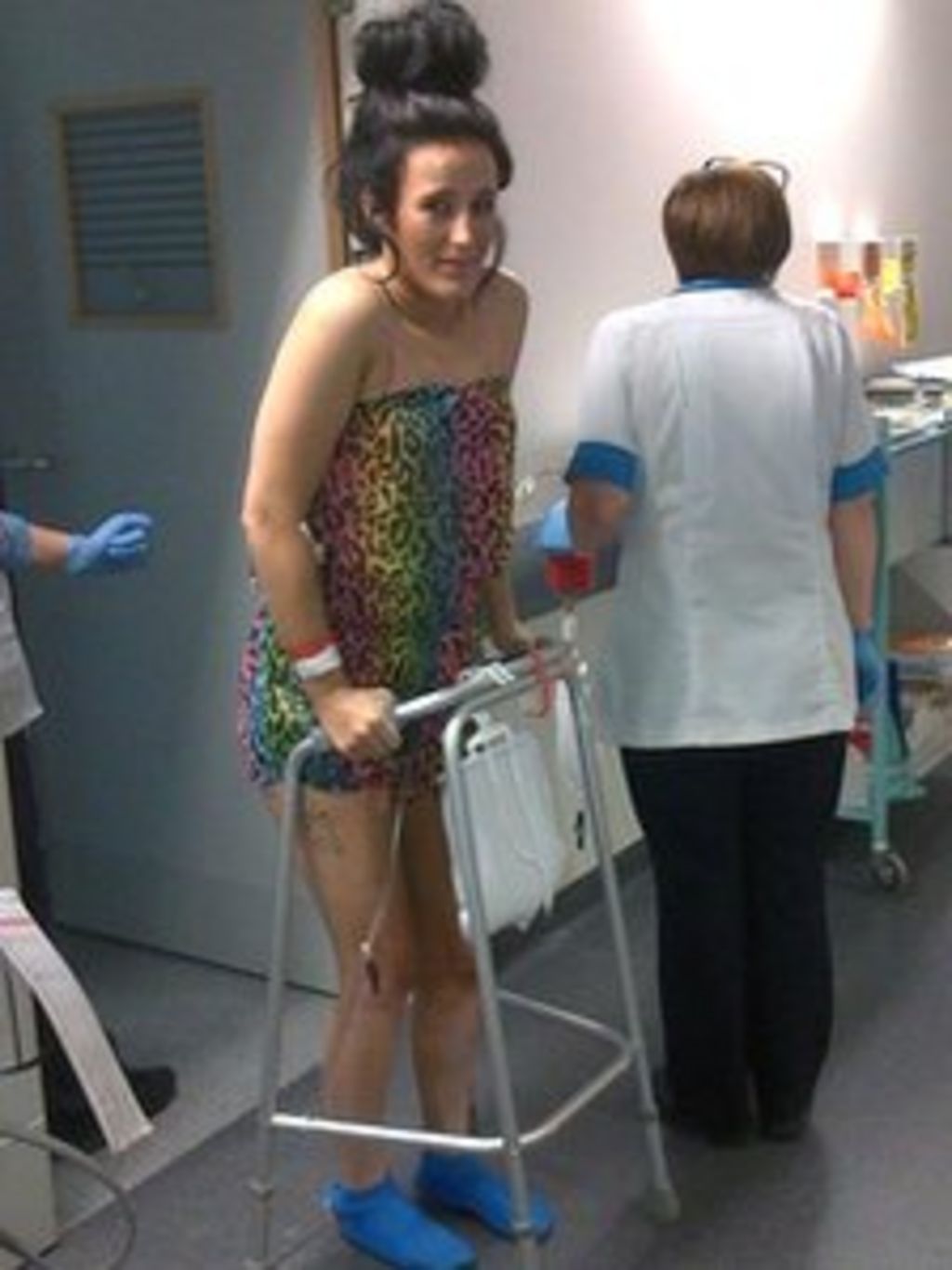Tragic incidents involving trains have sparked urgent discussions about safety measures and the protocols in place to protect individuals. In recent events, several cases have emerged where women were struck by trains under various circumstances, highlighting the need for improved safety systems and awareness. These incidents not only bring heartbreak to families but also raise questions about how such tragedies can be prevented.
From accidents on the tracks to situations involving law enforcement, each case presents unique challenges and calls for a comprehensive review of existing safety protocols. As communities grapple with these devastating moments, there is a growing demand for accountability and action to ensure public safety. Below, we delve into some of these incidents, examining their details and the broader implications for safety measures.
Tragic Accident Along Train Tracks
Oconee County Coroner Ed Carson identified Alyssa Babecka, 27, from Statham, as the victim of a fatal train accident in Bogart. The exact reasons behind her presence on the tracks remain unclear, prompting an investigation by the Oconee County Sheriff's Office. This incident underscores the importance of understanding why individuals may find themselves in perilous situations near train tracks.
Train tracks are inherently dangerous areas, yet people sometimes venture onto them without realizing the risks involved. Education campaigns aimed at raising awareness about the dangers of walking on or near train tracks could play a crucial role in preventing similar tragedies. Additionally, enhanced signage and barriers might deter individuals from entering restricted zones.
The community response to this tragedy has been one of shock and sorrow, emphasizing the need for vigilance and proactive measures to safeguard against future incidents. Local authorities are urged to collaborate with rail companies to implement better safety protocols and educate the public on the potential hazards associated with train tracks.
Rail Safety Under Scrutiny After Legal Action
In Colorado, Yareni Rios-Gonzalez filed a lawsuit against the Platteville and Fort Lupton police departments following her harrowing experience of being trapped in a patrol car that was struck by a train. Her legal team alleged negligence and civil rights violations, attributing the incident to improper handling by law enforcement officers. This case highlights critical issues surrounding police procedures and their alignment with public safety standards.
Following the settlement of her lawsuit, Rios received an $8.5 million compensation package. While monetary settlements cannot undo the trauma experienced, they serve as recognition of the significant errors made during the incident. Such outcomes underscore the necessity for thorough training programs within law enforcement agencies to prevent placing individuals in life-threatening situations.
Public discourse around this case continues to emphasize the importance of accountability and transparency in policing practices. Advocates argue that stricter guidelines must be established regarding vehicle placement during traffic stops, particularly in proximity to railway crossings. Ensuring that all officers adhere strictly to safe operating procedures will help mitigate risks posed to detainees and civilians alike.
Subway Disruptions Following Commuter Incident
New York City subway services faced disruptions after a woman fell onto the tracks at the Grand Street station along the B/D line, resulting in her being struck by a train. According to MTA officials, this unfortunate event led to suspension of service along two lines during peak commuting hours, causing inconvenience to thousands of passengers. Incidents like this highlight vulnerabilities within urban transit systems and necessitate immediate attention.
Improved platform designs incorporating protective barriers or automatic gates could significantly reduce the likelihood of accidental falls onto train tracks. Furthermore, increasing surveillance and emergency response capabilities at stations would enhance overall safety levels for commuters. Public transportation authorities should prioritize investments in infrastructure upgrades designed to safeguard riders.
Community engagement initiatives aimed at fostering awareness about personal safety while using public transport can complement structural improvements. By educating users about best practices when navigating platforms and waiting areas, cities can empower citizens to contribute positively towards maintaining secure environments within their transit networks.
Call For Intersection Improvements
Bekah Henderson witnessed the tragic death of a 76-year-old woman whose car was hit by a train at a North Macon intersection. Moved by the incident, she advocates for enhancements at the crossing site to improve visibility and alert drivers to approaching trains. Such testimonies from eyewitnesses provide valuable insights into potential weak points within current infrastructure setups.
Installing advanced warning systems, including flashing lights and audible alarms, at high-risk intersections could effectively warn motorists of impending danger. Regular maintenance checks on existing equipment ensure optimal functionality, reducing the chances of malfunctions leading to accidents. Collaboration between local governments, transportation departments, and railway operators is essential for implementing effective solutions.
Residents living near railway crossings often possess firsthand knowledge of recurring issues affecting safety at those locations. Encouraging them to voice concerns and participate in planning processes enables more informed decision-making regarding necessary modifications. Ultimately, prioritizing input from affected stakeholders contributes to creating safer road-rail interfaces throughout communities nationwide.

